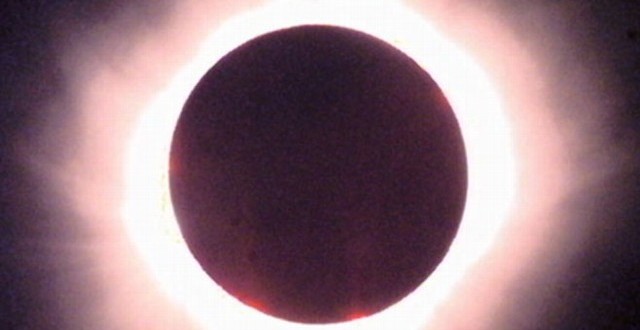NASA Video Shows What a Total Lunar Eclipse Looks Like From The Moon.
The total eclipse of the moon this month isn’t the average moon-entering-Earth’s-shadow event. It’s the first time in more than three decades that a lunar eclipse coincides with a super moon.
It is a rare celestial sight for those of us on Earth. And to give us an even rarer view, this NASA animation shows what the event would look like from the moon:
A supermoon is a new or full moon which occurs when the moon is at or near its closest approach to Earth in a given orbit. There are 4 to 6 supermoons every year on average, so they’re not unusual.
You won’t really be able to see the difference between this full moon and any other one with your eyes. It’ll only be about 7 percent larger. The moon is 221,000 miles from Earth this month, as opposed to the average distance of 239,000 miles.
What makes this rare is the lunar eclipse will occur at the same time as the supermoon.
NASA scientists said the evening of September 27 will be the best time to view this year’s total lunar eclipse.
The partial eclipse begins at 9:07 p.m. It will last a little more than an hour, and observers can watch crater by crater as the moon is engulfed in Earth’s shadow. The total eclipse begins at 10:11 p.m. and also lasts for more than an hour, ending at 11:23 p.m.
The moon’s reddish color you’ll see is caused by sunlight refracting through Earth’s atmosphere on its way to light the moon’s surface.
Agencies/Canadajournal
 Canada Journal – News of the World Articles and videos to bring you the biggest Canadian news stories from across the country every day
Canada Journal – News of the World Articles and videos to bring you the biggest Canadian news stories from across the country every day



